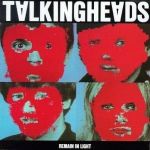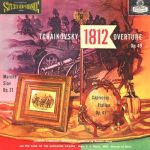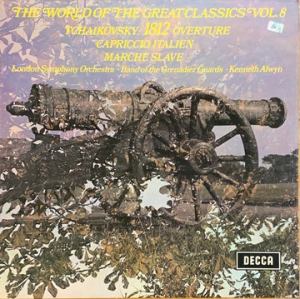 Hot Stamper Pressings of Rubber Soul Available Now
Hot Stamper Pressings of Rubber Soul Available Now
Reviews and Commentaries for Rubber Soul
Rubber Soul is one of the most difficult Beatles records to get to sound right. The individual tracks seem to vary drastically in terms of their tonality. Some (What Goes On) sound sweet, rich and near perfect. Others (You Won’t See Me) can be thin and midrangy. What’s a mother to do?
I think what we’re dealing with here are completely different approaches to the final mix. The Beatles were experimenting with different kinds of sounds, and their experiments produced very different results from track to track on this album more than practically any other I can think of besides The White Album (which was recorded in multiple studios by multiple producers and engineers).
Is Your Rig Up To It?
One final note: this is the kind of record that really rewards a good cartridge/ arm/ table combination. You do not want to play this record with a lean or bright sounding cartridge, or a front end that does not track sibilances well. (I could name some equipment that I would not want to play this record on, but rather than insult the owners of such equipment, let’s just say they will have a tough time with this record.)
The Toughest Test on Side One
“Nowhere Man.” Unless you have an especially good copy this song will sound VERY compressed, much too thick and congealed to be as enjoyable as we know it can be. The best copies manage to find the richness in the sound as well as the breathiness in the vocals that others barely hint at.
Play this track on whatever copies you own (more than one I hope) and see if it doesn’t sound as compressed, thick and congested as we describe.
The Toughest Test on Side Two
“Wait,” a song we’ve never commented about before. The drums in the left channel are a key test — they should have huge amounts of energy.
In the other channel, the shakers and tambourines are well up in the mix and really come jumping out of the right speaker on the best copies.
The bass is a slightly lean compared to the other tracks and tends to get lost somewhat. If you can follow it throughout the song, that’s a good thing.
Balancing the bass and drums in the left channel with the vocals and percussion in the right channel is not easy to do, which is of course what makes it a great track to test with.


 More of the Music of The Beatles
More of the Music of The Beatles
 More of the music of Peter Ilyich Tchaikovsky (1840-1893)
More of the music of Peter Ilyich Tchaikovsky (1840-1893) A few days went by while we were cleaning and listening to the hopefuls. We then proceeded to track down more of the pressings we had liked in our preliminary round of listening. At the end we had a good-sized pile of LPs that we thought shootout-worthy, pressings that included various RCA, Decca and London LPs.
A few days went by while we were cleaning and listening to the hopefuls. We then proceeded to track down more of the pressings we had liked in our preliminary round of listening. At the end we had a good-sized pile of LPs that we thought shootout-worthy, pressings that included various RCA, Decca and London LPs.